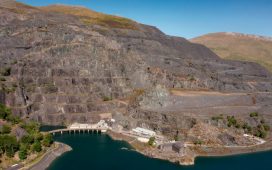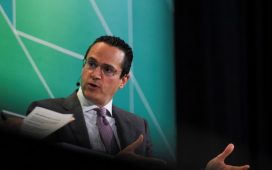
The National Grid will tonight offer discounts on bills to more than a million households who cut their use of energy during peak times.
The company who is in charge of the nation’s electricity supply will activate its Demand Flexibility Service between 5pm and 6:30pm tonight, which will effectively see households and businesses paid to reduce their electricity usage during this period in return for financial incentives.
So far 1.4 million businesses and households have signed up to participate in the service since it became available on 30 October.
The Demand Flexibility Service incentivises households with smart meters, as well as industrial and commercial users, to voluntarily flex the time they use their electricity to help manage the system this winter during periods where margins are tightest.
To take part in the Demand Flexibility Scheme households must have an electricity smart meter to monitor their usage in real-time and opt in via participating suppliers.
The National Grid say the Demand Flexibility Service is required to reduce the reliance on expensive and polluting fossil fuel generators. In turn, consumers save money and reduce carbon emissions.
Last winter, 31 electricity providers and 1.6million households and businesses participated in the Demand Flexibility Service successfully saving over 3,300MWh across 22 events, enough to power nearly 10 million homes.
An ESO spokesperson said: “Our forecasts show electricity supply margins are expected to be tighter than normal on Wednesday evening. We are activating a Live Demand Flexibility Service event between 17:00-18.30 today.
“It does not mean electricity supplies are at risk and people should not be worried. These are precautionary measures to maintain the buffer of spare capacity we need.”
Claire Dykta, Director of Markets at ESO, added: “We’re excited to see that providers, consumer households and businesses are getting engaged in such numbers this year with the Demand Flexibility Service.
“We’re really pleased to see the high level of participation at this early stage and expect this only to grow as more people get engaged in demand flexibility for the first time, following the success of the service last year.”











